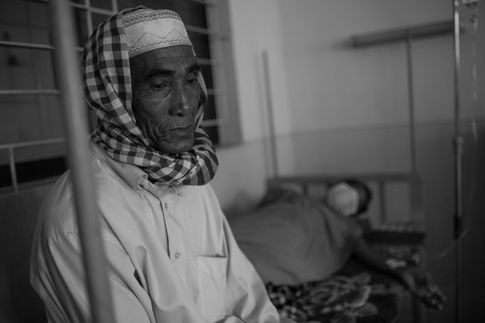Tuberculosis
In 2016, I spent several weeks in Cambodia, primarily working with Doctors Without Borders to document tuberculosis in the country. I accompanied the team in their daily work at the hospital in Kampong Cham, as well as on their visits to villages in the region. I was able to meet several officials from the Ministry of Health responsible for this disease, as well as local associations that are very active in sharing information and promoting early TB detection in remote rural areas such as the suburbs of Phnom Penh.
The World Health Organization (WHO) estimates that 64% of Cambodians are carriers of the Koch bacillus (the causative agent of tuberculosis). With a prevalence of 0.69%, Cambodia is also among the 22 countries most affected by the disease. Tuberculosis is an opportunistic infection (taking advantage of a weakened immune system) that is usually transmitted through the air.
Malnutrition, HIV, and poor living and hygiene conditions increase the likelihood of contracting the disease. The paradox for children is that they are more susceptible but are less frequently diagnosed.
In total, around 10.8 million people were affected by tuberculosis in 2023, which, with 1.25 million deaths worldwide, was the most common infectious cause of death.








































